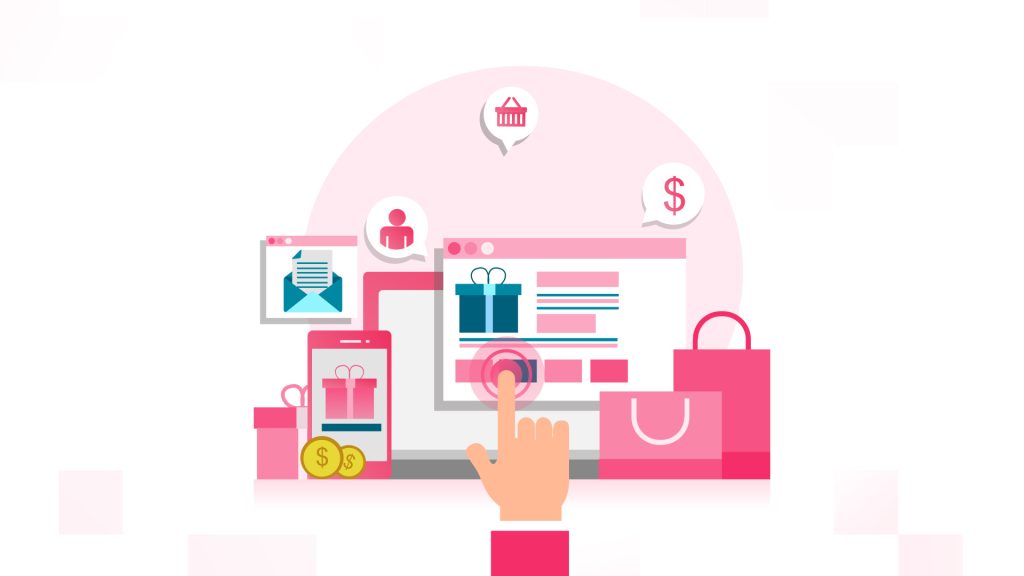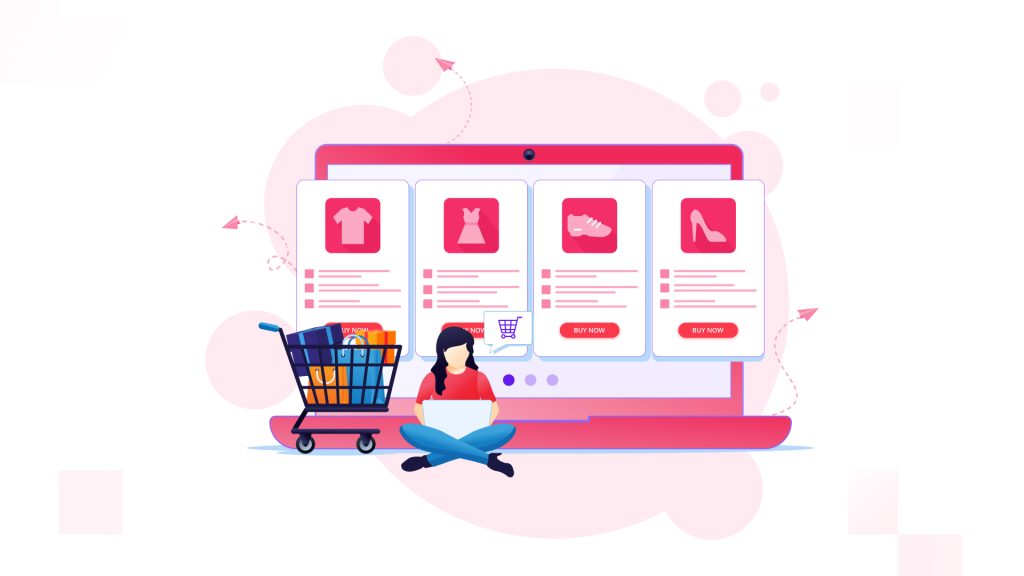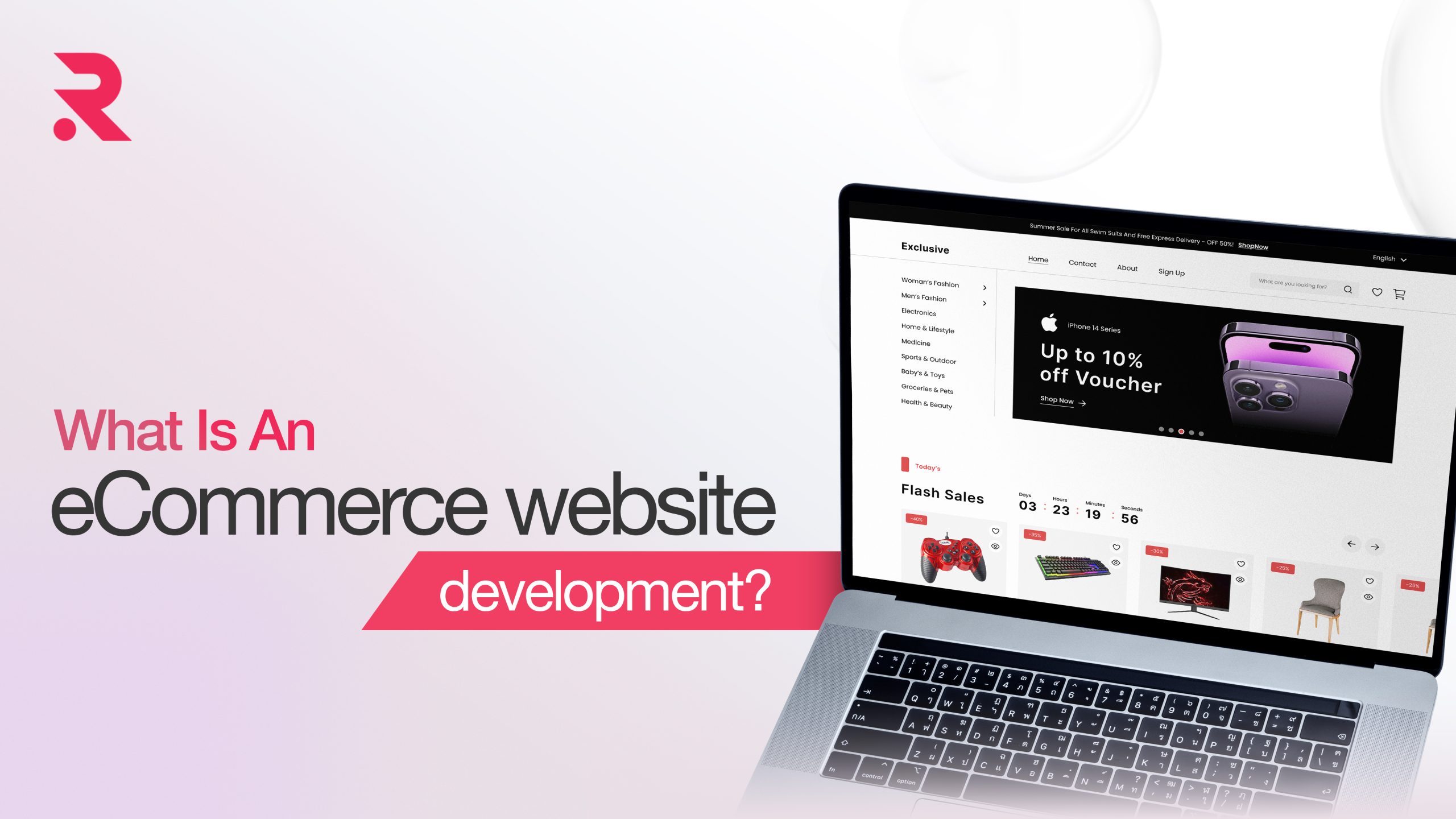Open-source vs SaaS. Which is better for Ecommerce
It’s launch week for your online store, and you’re stuck on the one decision nobody warns you about! The overwhelming freeze when you’re torn between too many eCommerce platforms, each shouting promises but hiding trade-offs in fine print.
- May 26, 2025
- by Tarun


The Decision That Builds—or Breaks—Your Store
Behind every smooth checkout experience, lightning-fast product page, and abandoned cart recovery lies one unskippable truth “eCommerce platform is the backbone of your business.” And when you’re faced with the Open source vs. SaaS decision, you’re not just picking software; you’re defining how your store lives, breathes, and ripens.
Will you go with the skillful freedom of open source, where customization knows no ceiling but demands time, tech, and talent? Or will you choose SaaS, a streamlined, plug-and-play path where speed is your ally, but flexibility takes the backseat?
This isn’t a one-size-fits-all situation. It’s a fork in the road that determines everything: how much you’re in control, how quickly you grow, how safe your store is, and how much you ultimately pay, not only up front, but later on. So, let’s dissect it all, with clarity, real-world examples, and no-nonsense comparisons to guide you as to which way really makes sense for you.
What Exactly Are Open source vs SaaS Platforms?
Let’s do away with the lingo. Don’t decide to join either camp until you know what you’re actually choosing between.
Open-source eCommerce Platforms

Open-source platforms are basically clean canvases, you get to see the underlying code, so you can fiddle with it, amend it, rebuild it, or remake it as you want. They’re developer-friendly, endlessly flexible, and can scale as wildly as your imagination (and budget) allow. Popular examples? Magento Open Source, WooCommerce, Presta Shop, OpenCart.
You own the store. The code is yours. But so are the responsibilities—hosting, security, updates, performance, compliance, and everything in between.
SaaS eCommerce Platforms

SaaS (Software-as-a-Service) platforms are like renting an apartment that is already fully furnished. You sign up, pay a monthly subscription, and boom! You’re good to go. No pains of setup, no hosting drama. Just select a theme, import your products, and sell. Typical SaaS contenders? Shopify, BigCommerce, Wix eCommerce, Squarespace.
They do the heavy lifting: hosting, security, updates, even some marketing features. But that has its price, less control over tailoring, backend restrictions, and a pricing system that grows with your success (and sometimes eats into your margins).
Need a Stunning Web Development Services?
Our Experts Can Help!
Open-source vs SaaS
When you strip away the tech lingo, it all boils down to one thing: what do you value more, control or convenience? Here’s how these platforms stack up across real-world business needs.
Cost: Upfront vs Ongoing
- Open source: At first glance, it looks “free.” But like a IKEA wardrobe with no manual, the costs sneak in later, hosting, development, maintenance, security patches, and unexpected plugin drama. You’ll pay in time, talent, or both.
- SaaS: It’s pay-to-play. You’ll likely start with a monthly or annual subscription (Shopify starts at around $29/month). But be warned, features you need might live behind higher tiers or paid apps. And transaction fees? Yep, they add up.
Bottom line: Open source has unpredictable costs but long-term control. SaaS is predictable, but potentially pricier as you scale.
Customization: How Much Can You Bend It?
- Open source: Want a product configurator that works like a pizza builder? No problem (if you have the developers). With full access to code, you can shape your store exactly how you want—if you’re willing to get your hands dirty or hire someone who will.
- SaaS: You can customize within the guardrails. Themes, colors, fonts? Easy. Rebuilding checkout logic or server behavior? Not happening. Some SaaS platforms offer APIs and developer tools, but you’re still working within a gated sandbox.
Bottom line: Open-source wins freedom. SaaS shines in ease and speed, but only if you’re cool with compromise.
Scalability: Growing Without Growing Pains
- Open source: If built right, open-source platforms can scale to Amazon-like heights. But “if built right” is doing a lot of heavy lifting here. Performance tuning, caching, load balancing, it’s on your plate.
- SaaS: Built to scale, out of the box. Whether you’re selling 100 or 10,000 items, the infrastructure adjusts for you. No need to think about bandwidth or servers, someone else does.
Bottom line: SaaS removes scaling stress for fast-growing stores. Open source gives room to stretch, but it’s a manual workout.
Security: Who’s Got Your Back?
- Open source: You’re the captain here. That means you install patches, manage firewalls, set up SSL, and follow PCI compliance. Forget something? You’ll find out the hard way.
- SaaS: Security is handled behind the scenes. Patches roll out automatically. SSL is baked in. You can sleep without fearing the 3 a.m. hacker knock.
Bottom line: SaaS is safer for beginners. Open source is secure if you’re vigilant or have a tech team watching your six.
Flexibility: Can You Pivot When the Market Shifts?
- Open-source: Think of it as clay—you can mold it into whatever your business morphs into. New integrations? No problem. International shipping rules? Custom tax logic? Third-party tools? The open-source world bends to your ambition—if your dev team can keep up.
- SaaS: More like LEGO. You can build fast, but only with the blocks provided. Sure, there’s an app store—but if the exact tool you need doesn’t exist or isn’t supported, you’re stuck waiting (or work a rounding).
Bottom line: Open-source flexes with you. SaaS gives speed but sometimes hits a creative ceiling.
Ownership: Who Really Controls Your Store?
- Open source: You own the code. The data. The hosting. The store. No one can suspend your account or lock features behind new paywalls. You’re the landlord, not the tenant.
- SaaS: You’re leasing space on another’s terms. If Shopify wants to modify pricing or sunset functionality, you’re impacted whether you want it or not. Your store resides on their servers, subject to their rules.
Bottom line: Open source allows for genuine independence. SaaS offers peace of mind—but you’re playing in someone else’s playground.
Long-term Strategy: Where Are You Headed?
- Open source: Ideal if you’re building something complex, custom, or plan to grow into a unique business model. You want to own your tech stack, build proprietary logic, or eventually merge with other platforms? This is your turf.
- SaaS: An entrepreneurial fantasy for speed-to-market and less technical drama. If you’re bootstrapping and product validating, scaling up fast, or you don’t want to hire coders, SaaS allows you to sell and market without drowning in tech.
Bottom line: Open source is for visionary creators. SaaS is for growth-oriented hustlers who care about growth before code.
Need a future-proof Ecommerce store?
Our Experts Can Help!
The Myths People Fall For (And What Reality Really Looks Like)
Myth 1: “Open source is free, so it’s cheaper.”
Reality check:
Yes, the software may be free to download. But time is money—and when you’re hiring developers, hosting, purchasing extensions, and debugging plugins at midnight, the expenses add up quickly. It’s like a DIY home makeover: fulfilling if you know what you’re doing, but dangerous if you’re winging it.
Myth 2: “SaaS can’t be customized at all.”
Reality check:
You can still make SaaS stores look and work great. Shopify’s Liquid, BigCommerce’s APIs, and even Zapier can fill a lot of gaps. You won’t have the same level of backend access as open-source, but you’re not locked into cookie-cutter templates either.
Myth 3: “Open-source platforms are only for tech giants.”
Reality check:
Plenty of indie stores run on WooCommerce and Magento Open Source with great success. If you’re comfortable with a few tech hurdles—or have a freelancer or small agency, open-source is entirely doable even at a small scale.
Myth 4: “SaaS isn’t scalable.”
Reality check:
Tell that to brands such as Allbirds, Gymshark, or Heinz—all Shopify Plus powered. SaaS scales wonderfully, particularly when your priorities are brand, marketing, and fast growth. The boundaries don’t appear unless you’re performing very custom logic (think sophisticated B2B workflows or local tax regulations).
Real Use Cases: When Each One Makes Sense
Open source is ideal for you if:
- You require fully custom shopping experience or sophisticated business logic.
- You have in-house developers or a trusted agency.
- You need full control over integration, performance, and data.
- You’re creating a marketplace, multi-vendor store, or niche Saas-commerce mashup.
- Example: A fashion-tech company developing virtual try-ons or AR-fitting rooms could go open-source for that powerful integration capability.
SaaS works best for you if:
- You need to deploy fast and iterate on your product-market fit.
- You don’t want to think about infrastructure, maintenance, or hosting.
- You favor marketing, selling, and growing.
- You are creating a direct-to-consumer brand with a straightforward selling rationale.
- Example: A skin-care startup going on influencer efforts and flash selling would thrive under SaaS where speed and availability are absolute musts.
Still Torn? Use This Decision Matrix
Here’s a no-fluff table to help you assess your needs based on practical priorities:
| Decision Factor | Open source | SaaS |
| Speed to Launch | Slower (setup, testing, dev needed) | Fast (pick a plan, choose a theme, go live) |
| Budget Flexibility | Low initial fees, high hidden costs (dev/infra) | Predictable monthly pricing |
| Tech Support | DIY or agency/freelancer-based | 24/7 vendor support (usually tiered) |
| Custom Features | Fully customizable (if you can code it) | Limited, but extendable via apps/API |
| Maintenance Burden | High (you patch, update, fix bugs) | Low (provider handles it all) |
| Data Ownership | Full control | Partial (provider owns infrastructure) |
| Scalability | Depends on your infra/dev power | Highly scalable, especially with enterprise plans |
| Compliance & Security | Your responsibility | Provider-managed (usually compliant by default) |
Pro Tips from Founders Who’ve Been There
- Start with your weakest link. If you lack tech skills or a reliable development partner, don’t romanticize open source. Start where your execution is strong.
- Audit your time, not just your wallet. SaaS saves time. Open-source costs time. And time, in eCommerce, is often the more expensive currency.
- Map your growth vision early. SaaS is perfect if you’re optimizing for rapid testing and agility. Open-source suits you if your goal is to own every part of the stack over time.
- Don’t get caught up in features you don’t need yet. Launch lean. Test. Then invest. Platform-switching is painful—but not impossible. Just avoid building a spaceship when a scooter will do.
Need Reliable Web Development partner to help grow your Business?
Our Experts Can Help!
So… Which One Is Better?
That’s the wrong question.
The right one is: Which one is better for you—right now?
- If you’re bootstrapping, launching fast, testing products, or just want a no-fuss, ready-to-roll setup—SaaS is your go-to.
- If you’re scaling something sophisticated, planning long-term IP development, or want to future-proof your tech stack—open-source is your play.
Neither is universally better. Both can power million-dollar brands. The magic isn’t in the platform—it’s in how well it aligns with your strategy, skills, and stage.
So, back to that moment of platform paralysis. Take a breath. Zoom out. Choose what gets you selling fastest, growing smartest, and sleeping best at night.
You can always pivot. But start by making the right imperfect decision for today.
 Shopify
Shopify

















